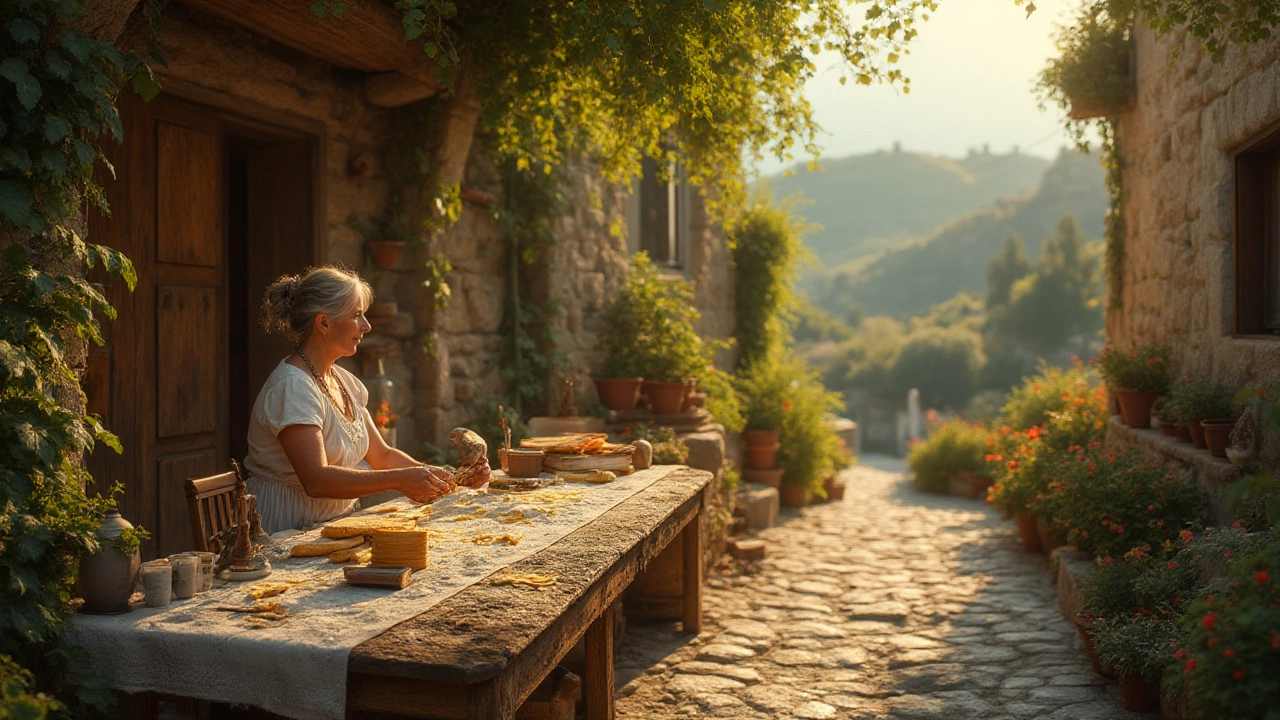Artisanal Pasta Shapes: Handcrafted Variety for Better Meals
Ever wonder why a bowl of pasta cooked with a unique shape feels more exciting than the usual spaghetti? That’s the magic of artisanal pasta. These are small batches made by hand, often using traditional techniques that bring out texture, flavor, and a look you just can’t get from factory‑made noodles.
Why Choose Artisanal Shapes?
First off, texture matters. Hand‑rolled dough tends to be a bit rougher, which means sauces cling better. Think about a tiny ridged shell holding a chunky tomato‑basil sauce – every bite gets a perfect coating.
Second, the shapes themselves are designed for specific sauces. A wide, flat ribbon like pappardelle soaks up rich meat ragù, while a delicate, twisted trofie works with light pesto. When you pick a shape that matches the sauce, the dish feels balanced and more satisfying.
Third, there’s a story behind each shape. Many regions in Italy have their own signature pasta – orecchiette from Puglia, strozzapreti from Emilia‑Romagna, or trofie from Liguria. Using these shapes connects you to that heritage, turning a simple dinner into a little cultural trip.
How to Cook and Serve Artisanal Pasta
Cooking hand‑made pasta is almost the same as cooking dried, but a few tweaks help you get the best result. Start with a large pot of salted water – you want it as salty as the sea because the pasta itself is less salty than store‑bought varieties.
Drop the pasta in and give it a gentle stir. Because artisanal shapes are often thicker, they need a minute or two longer than regular dried pasta. Test a piece a minute before the package says “done.” It should be firm to the bite (al dente) but not rubbery.
Reserve a cup of the cooking water before you drain. That starchy water is gold for finishing sauces – it helps the sauce cling without drowning the pasta. Toss the drained pasta with your sauce, add a splash of the water, and stir over low heat for a minute. This technique creates a silky coating that feels luxurious.
Finish with a drizzle of good olive oil, a sprinkle of fresh herbs, or a handful of grated cheese. For a real artisanal experience, add a few toasted nuts or a squeeze of lemon – simple touches that highlight the pasta’s texture.
Want to get more creative? Try making your own dough at home. Mix 100% durum wheat semolina with eggs, knead until smooth, and let it rest for 30 minutes. Then roll it out, cut it into ribbons, and shape it with a fork, a small board, or even your fingertips. Fresh pasta cooks in just 2‑3 minutes and brings out a fresh wheat flavor that’s hard to beat.
Whether you buy from a local market or hand‑make it yourself, artisanal pasta shapes add personality to every plate. They’re not just food – they’re a conversation starter, a nod to tradition, and a way to make everyday meals feel special. So next time you’re planning dinner, skip the generic noodles and reach for a handcrafted shape. Your taste buds (and your guests) will thank you.

Rarest Pasta in Italy: Discovering Obscure Italian Pasta Types
by Landon Weathers / 23 Jul 2025Uncover Italy's rarest pasta, explore its history, why it's so difficult to find, and get tips on how you might taste the most mysterious noodles in existence.




